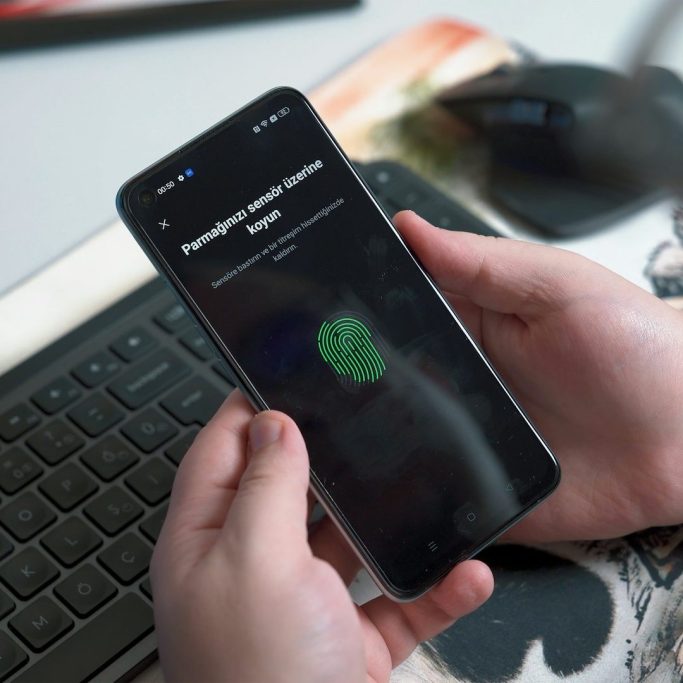Unveiling Online Fingerprinting
In the ever-evolving digital landscape, the terms 'online fingerprinting' and 'cookies' have become pivotal in understanding how our information is tracked and utilized. Online fingerprinting refers to the method of collecting detailed information about a user's device, browser settings, and active applications. This personalized identification allows businesses to create a unique profile for each user, enabling targeted advertising and analysis of online behavior.
Understanding Cookies in the Digital Age
Cookies are small data files stored on a user’s device that help websites remember user preferences and transactional data. They play a crucial role in enhancing user experience by retaining information such as login credentials and shopping cart contents. However, the use of cookies, coupled with online fingerprinting, raises essential questions regarding privacy and data control.
Privacy Concerns and Data Security
As discussions about privacy and data security become increasingly prominent, the implications of online fingerprinting and cookies cannot be overlooked. Users are becoming more aware of how their data is collected and used. Accordingly, enterprises like Powderpuffgirls are committed to transparency and ethical practices, ensuring that user data is handled with the utmost respect and security measures.

The Future of Digital Identification
Looking ahead, the significance of online fingerprinting is expected to grow as more sophisticated tracking techniques are developed. This ongoing evolution places a responsibility on businesses to navigate the fine line between effective user engagement and the right to privacy, driving the need for regulatory frameworks that protect consumer interests while fostering innovation.
Join the Conversation on Data Security
At Powderpuffgirls, we invite our users and community to engage in conversations about online privacy and data security. Understanding how online fingerprinting and cookies work is essential in advocating for better practices and policies. Together, we can build a safer online environment that respects individual privacy while benefiting from technological advancements.

Understanding Online Fingerprinting
Unlocking User Behavior Analysis
As businesses evolve in the digital landscape, understanding user behavior has become paramount. Companies are increasingly employing online fingerprinting techniques to track user activities and behaviors across various platforms. This process involves collecting a unique set of data points that make up a 'fingerprint' for each user, allowing companies to identify user preferences and interactions with their websites and ads. Online fingerprinting goes beyond conventional cookies by utilizing a variety of data sources including device information, browser configurations, and operating system details. The importance of these methodologies lies in their ability to create a more comprehensive picture of user engagement and make data-driven decisions. Marketers leverage this technology to enhance their strategies, ensuring targeted advertisements and personalized experiences for users. The tools employed may include analytics platforms, tracking scripts, and data management solutions that facilitate streamlined data collection and interpretation. As consumer privacy concerns grow, it is crucial for companies to balance effective tracking with ethical practices. Understanding the implications of fingerprinting technology not only helps businesses optimize their marketing efforts but also fosters trust with their audience. By adopting responsible data handling practices, companies can utilize fingerprinting to enhance user experiences while respecting their privacy.
Understanding Online Tracking: A Privacy Concern
The rise of online technology has brought about numerous conveniences, but it also raises significant privacy concerns. Tracking methods, such as online fingerprinting, allow companies to collect detailed information about users without their explicit consent. This section delves into the mechanics of such tracking and the potential ramifications for individual privacy.
The Mechanisms of Online Fingerprinting
Online fingerprinting works by gathering various data points from a user's device, such as browser type, operating system, and installed plugins. These data points create a unique fingerprint that can be used to identify and track the user across the web. Knowing how these systems operate is crucial to understanding why they pose risks to personal privacy.
The Risks of Constant Surveillance
Individuals today face unprecedented levels of surveillance thanks to tracking technologies. This constant oversight can lead to a sense of vulnerability and anxiety over personal data misuse. It is essential for users to be aware of the implications of their online behaviors and how their data might be profiled and monetized.

Legal Implications and User Protections
The legal landscape surrounding online tracking and fingerprinting is evolving. Laws like GDPR in Europe and CCPA in California aim to protect user privacy by imposing stricter regulations on data collection and user consent requirements. It is vital to stay informed about these laws as they develop and understand how they impact both businesses and consumers.
Empowering Users to Protect Their Privacy
One key aspect of mitigating the risks of online tracking is user empowerment. By utilizing privacy tools, adjusting browser settings, and being mindful of the information shared online, users can take significant steps to enhance their privacy. Understand your rights and the tools available to reclaim your online privacy.

Secure Your Digital Life
Empower Yourself Against Tracking
In today's digital landscape, protecting your online privacy is paramount. Simple yet effective measures can significantly reduce the risk of unwanted tracking and enhance your overall security. Here are essential tips to incorporate into your online routine: 1. **Use a Virtual Private Network (VPN)**: A VPN encrypts your internet connection, shielding your online activities from prying eyes. 2. **Adjust Browser Settings**: Most browsers offer privacy settings that can restrict third-party cookies and track your online behavior. 3. **Install Privacy-Focused Extensions**: Consider adding browser extensions such as ad blockers and script blockers that can prevent trackers from collecting your information. 4. **Regularly Clear Cookies**: Make it a habit to clear your cookies frequently to minimize tracking. Your browser settings allow for scheduled clearing. 5. **Be Mindful of Permissions**: Always review the permissions requested by apps and websites before granting access to your personal data. 6. **Utilize Strong Passwords**: Create unique passwords for different sites and consider a password manager to keep track of them. 7. **Stay Informed**: Understanding how your data is used and shared can empower you to make better decisions about your online activity. By implementing these strategies, you can take control of your online presence and protect your privacy effectively.
©Copyright. All rights reserved.
We need your consent to load the translations
We use a third-party service to translate the website content that may collect data about your activity. Please review the details in the privacy policy and accept the service to view the translations.
